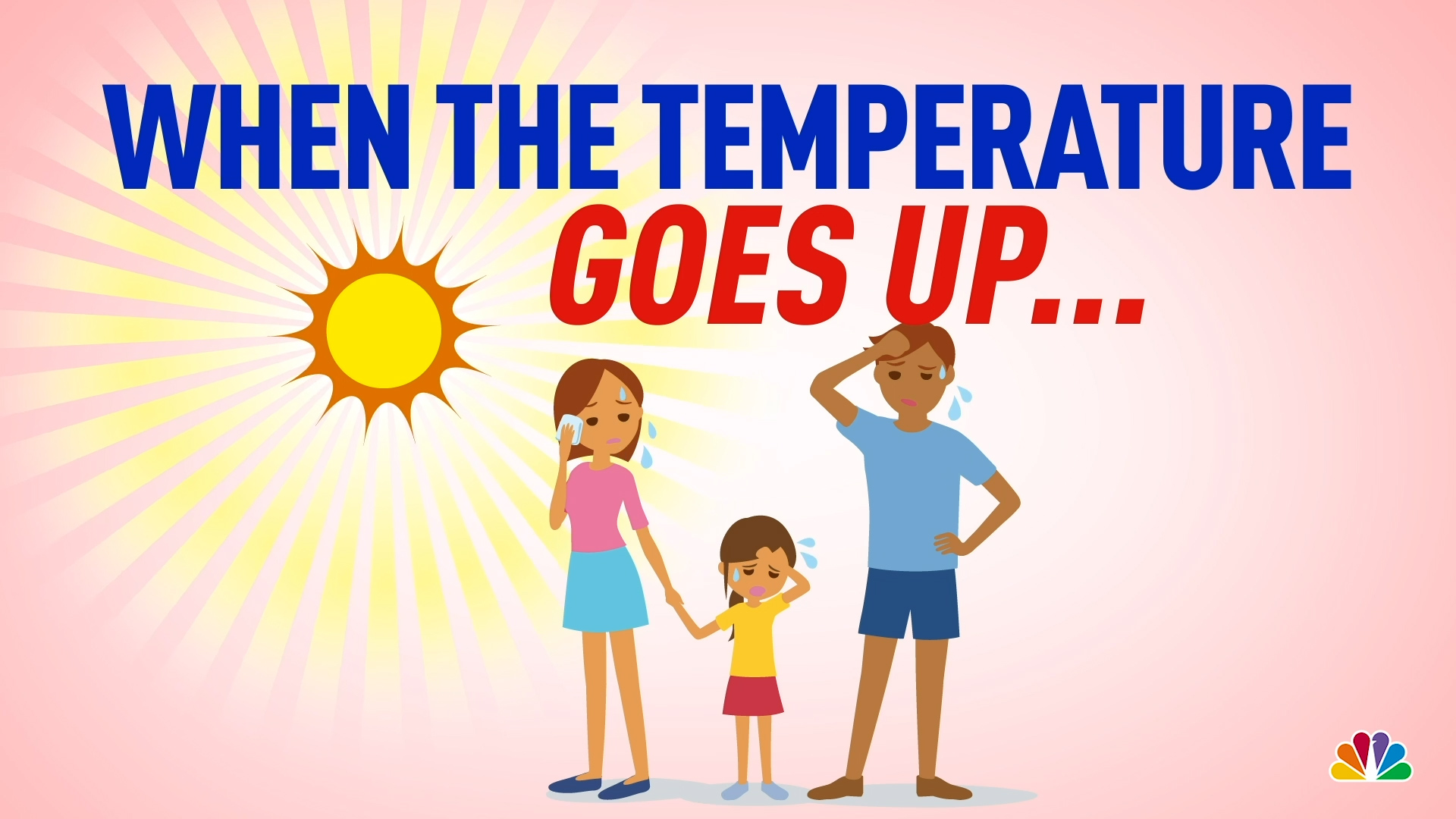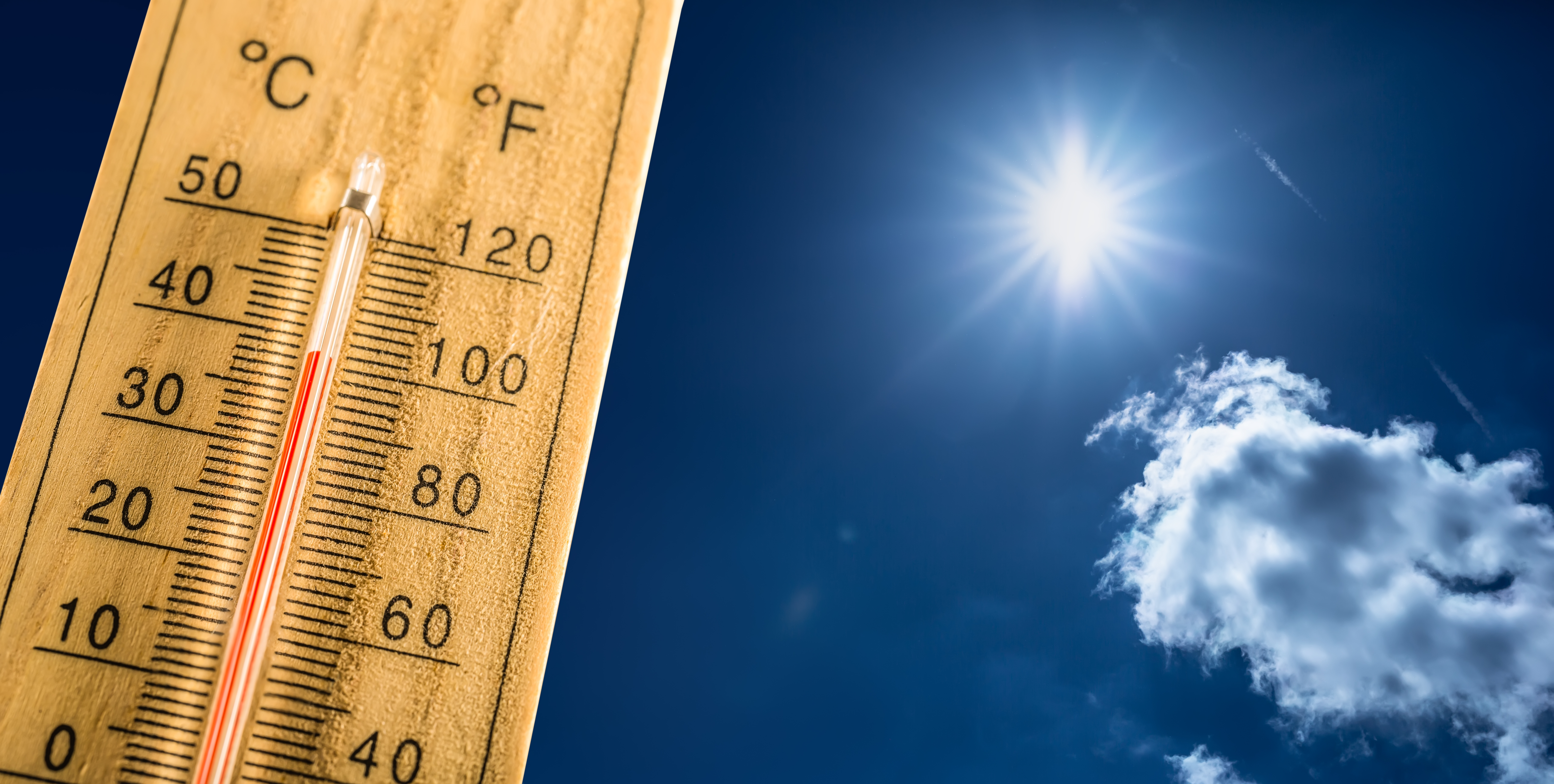Operators of California’s power grid expect to issue calls for voluntary conservation of electricity during a prolonged heat wave building over the West and they warned that there could be energy shortages if conditions worsen.
Excessive-heat warnings expanded to all of Southern California and northward into the Central Valley on Wednesday, and were predicted to spread into Northern California later in the week. Gov. Gavin Newsom has also proclaimed a state of emergency to temporarily increase energy production and reduce demand.
The California Independent System Operator said in a statement that it was taking measures to bring all available energy resources online, including issuing an order restricting maintenance from noon to 10 p.m. daily through Sept. 6.
The peak load for electricity demand in California is projected to exceed 48,000 megawatts on Monday, the highest of the year, the grid operator said.
Calls for voluntary conservation, known as Flex Alerts, urge consumers to reduce use of electricity from 4 p.m. to 9 p.m., when there is most stress on the grid and solar energy production is declining.
“The power grid operator expects to call on Californians for voluntary energy conservation via Flex alerts over the long weekend,” the statement said.
The primary ways to reduce household energy use are to raise thermostat temperatures, avoid using major appliances and electric car chargers, and turning off lights.
“If weather or grid conditions worsen, the ISO may issue a series of emergency notifications to access additional resources and prepare market participants and the public for potential energy shortages and the need to conserve,” Cal ISO said.
Get a weekly recap of the latest San Francisco Bay Area housing news. Sign up for NBC Bay Area’s Housing Deconstructed newsletter.
Forecasters warned of triple-digit temperatures with little overnight relief, as well as elevated risk of wildfires in much of the West.
“The big weather story this week will be a prolonged and possibly record heat wave building across much of the Western U.S. associated with a strong upper level ridge,” the National Weather Service wrote.



